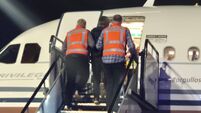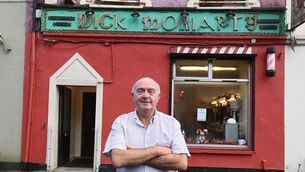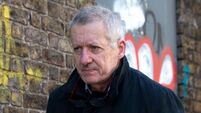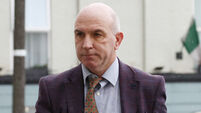40% of Irish motorists say it’s OK to break speed limit
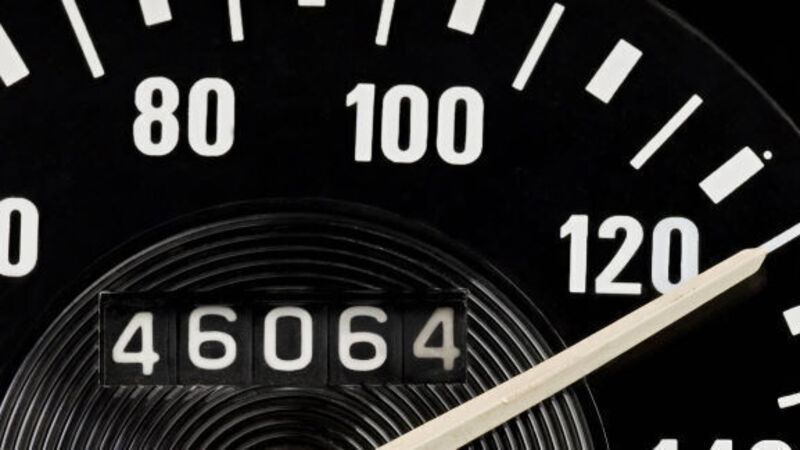
Of the 1,000 motorists questioned in the driver attitudes and behaviour study, 11% admitted they had driven after consuming alcohol in the last year, with more than a third consuming two or more drinks.
The survey found that men, outnumbering women by more than two to one, and older drivers, particularly those over the age of 65, were the biggest culprits.






